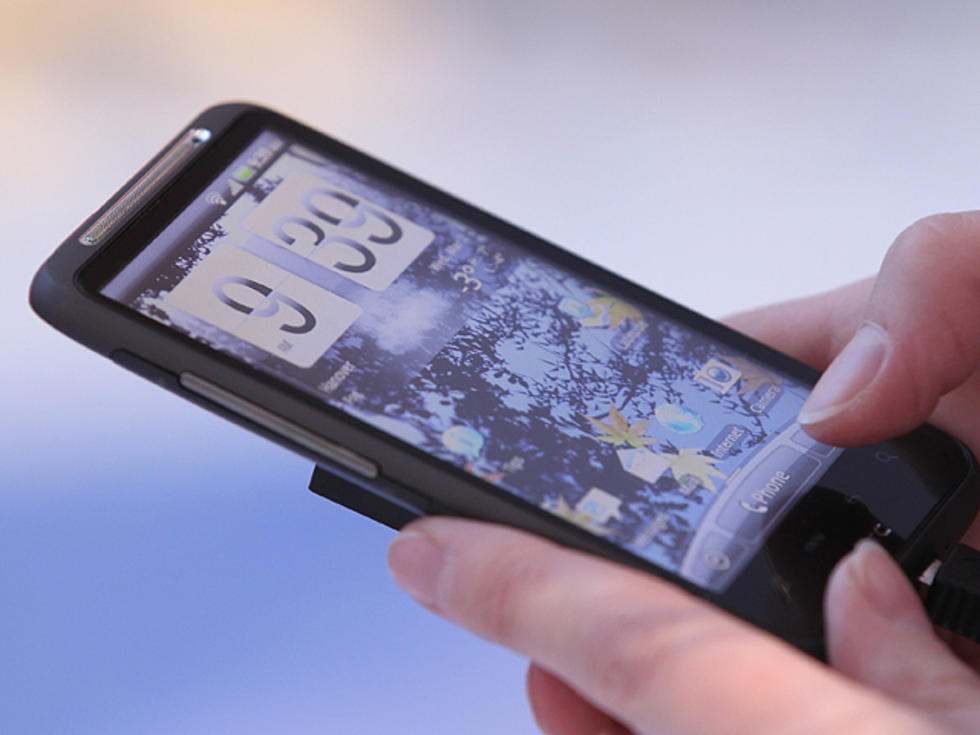
Can the Length of Your Fingers Predict the Masculinity of Your Face?
A new study reveals a boy’s digit ratio, or the relative length of his index to his ring finger, shows if he was exposed to high testosterone levels before birth, something that leads to a more masculine face.
In research with 17 boys between 4 and 11 years old, University of Vienna anthropologist Sonja Windhager and her colleagues photographed the boys’ faces and measured the length of their fingers. After digitizing the photos and marking 70 measurement points for face-shape comparison, computer analysis showed which parts of the face could be linked to digit ratio, and how strong the correlation was.
Researchers discovered that prenatal testosterone levels account for about 15 percent of the variety in a boy’s face shapes and that low digit ratio corresponded to a so-called “robust” masculine face — featuring a more prominent jawline and smaller eyes — even before they entered puberty.
On the other hand, boys with higher digit ratios have smaller chins and larger foreheads and eyes, which the researchers deemed a “more childlike/female appearance.”
“The overall shape patterns associated with high and low digit ratios depicted in our sample of boys closely resemble the ones found for adult men,” Windhager told LiveScience. “In an ongoing study, we are now collecting data of adolescents to compare the magnitude of shape difference associated with [digit ratios] before and after puberty.”
Previous studies have shown a low digit ratio, wherein the index finger is shorter than the ring finger, indicates high testosterone levels, while the opposite is true for a high ratio.
The study was published in the journal Proceedings of the Royal Society B: Biological Sciences.
More From WFNT








![New Documentary ‘Clinton’ Reveals How Much Bill Clinton Struggled After Monica Lewinsky Scandal [VIDEO]](http://townsquare.media/site/47/files/2012/02/clinton-lewinsky.jpg?w=980&q=75)

